This cultural immersion tour will help you find the real Vietnam. Learn how to live like a native and make memories that will last a lifetime when traveling, from street food markets in Hanoi to country life in the Mekong Delta.

Why Living Like a Local Changes Everything: An Introduction
A lot of people who go to Vietnam have a list of things they want to do, like view Ha Long Bay, visit Hoi An Ancient Town, and take a boat ride in the Mekong Delta. These are amazing things to do, but they are only the beginning of what makes Vietnam so special.
When you get off the beaten path and live like a local—waking up to the sound of roosters in the countryside, haggling for fresh herbs at the wet market, and sipping powerful cà phê sữa đá on a little plastic stool—you experience a Vietnam that few outsiders ever see.
This is the story of how I immersed myself in Vietnamese culture as a traveler who traded hotels for homestays, restaurants for street stalls, and tour buses for motorbikes.
The Old Quarter of Hanoi: The Beat
I began my trip in the Old Quarter of Hanoi.
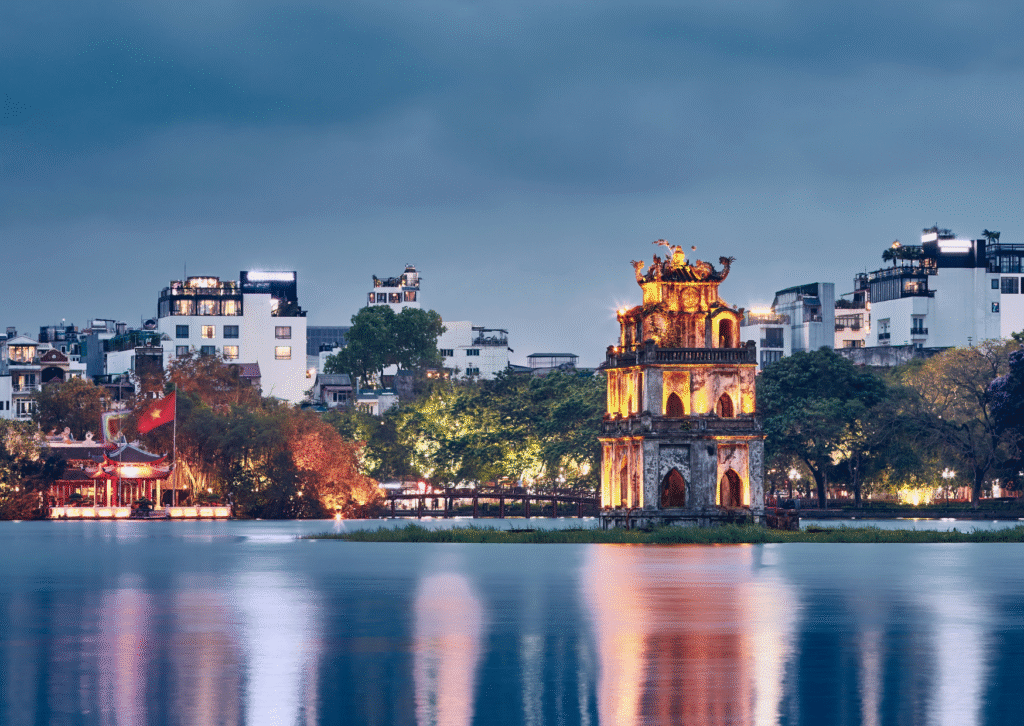
Motorbikes pass along small lanes, ladies in conical hats carry baskets of fruit, and the smell of sizzling bánh xèo fills the air.
I decided to stay in a Vietnamese family-run guesthouse instead of a hotel in the French Quarter. Every morning, my host made me breakfast of fresh mango, sticky rice, and steamy bowls of phở. They also told me which streets had the greatest discounts and which ones to stay away from tourist traps.
- Forget about the expensive coffee shops and go to a roadside stand for egg coffee (cà phê trứng). It’s a powerful Vietnamese coffee and whipped egg yolk combo that locals swear by.
- Learn some common Vietnamese words, such as “xin chào” (hello) and “cảm ơn” (thank you). People in the area will appreciate your effort, even if your pronunciation isn’t great.
Street food is the heart of Vietnam.
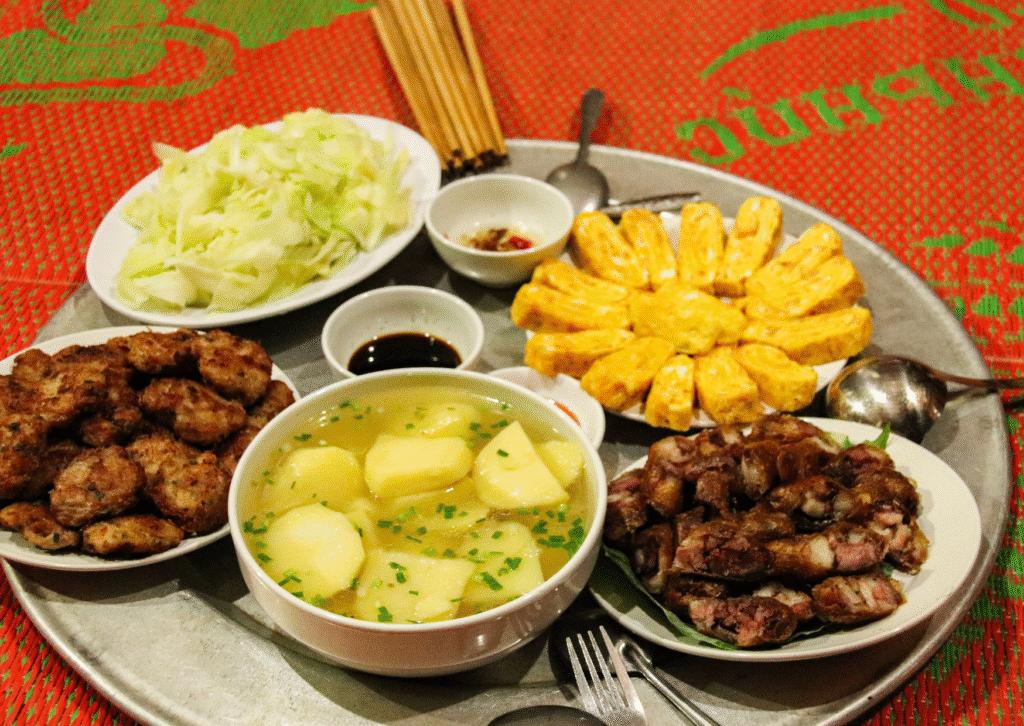
Eating street cuisine is the most important thing you can do to live like a local in Vietnam. Don’t look at TripAdvisor lists. Instead, go to the places with low plastic seats and handwritten menus on cardboard.
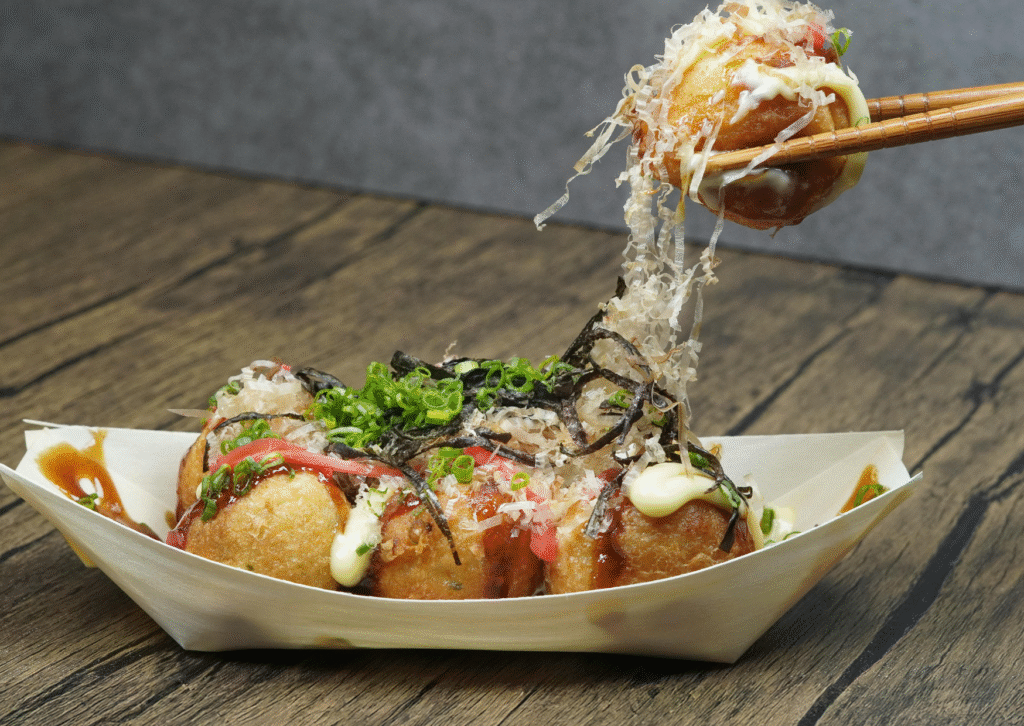
The best street food experiences are:
- Bánh mì in Hoi An is a crusty baguette stuffed with pork, herbs, and chili sauce. Anthony Bourdain said it was the best in the world.
- In Hanoi, bún chả is grilled pork eaten with noodles and herbs in a sour broth.
- In Hoi An, cao lầu is a noodle meal that is only found there. It has thick noodles, pork, greens, and crispy crackers.
- In Ho Chi Minh City, you may get fresh spring rolls. Shrimp, pork, and fresh herbs are wrapped in clear rice paper and dunked in peanut sauce.
Lanterns, tailors, and riverside evenings in Hoi An
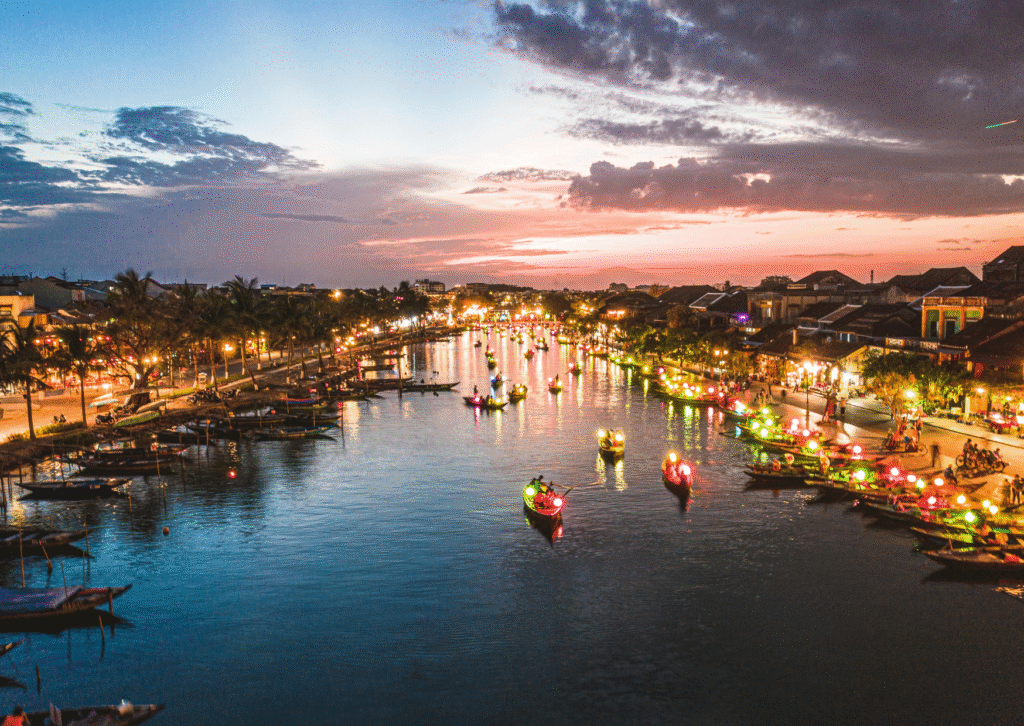
It feels like going back in time when you visit Hoi An, which is a UNESCO World Heritage site. During the day, I rented a bike and rode across rice fields, waving to youngsters and farmers. The Thu Bồn River lit up with bright lanterns at night.
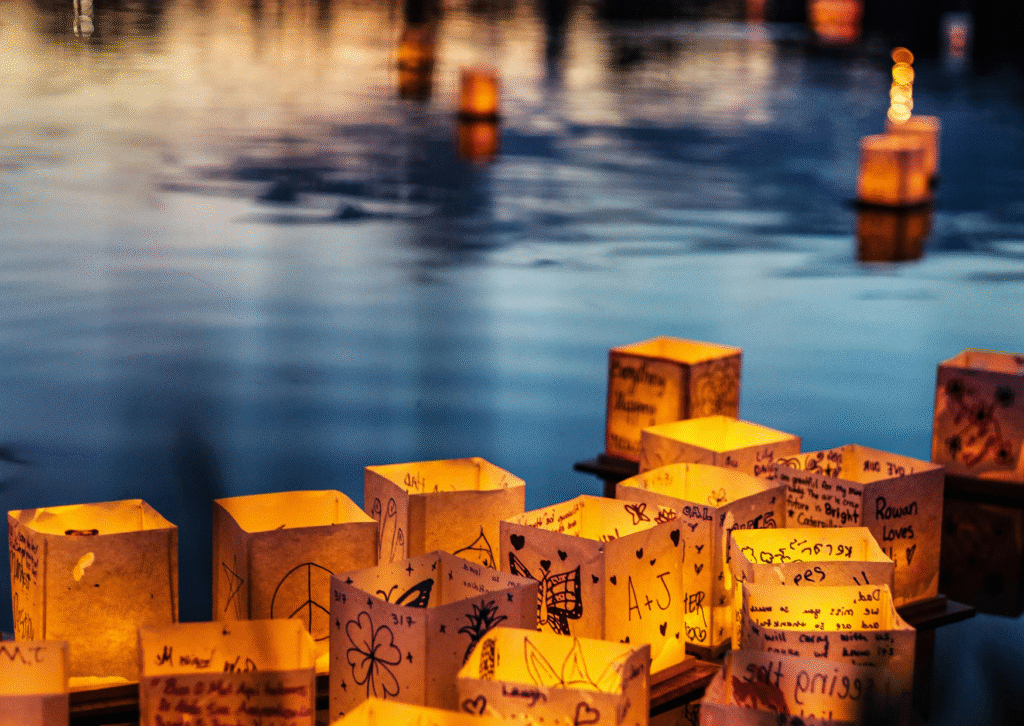
The best way to get to know the area was to take a cooking class with a family in a nearby village. We went to the market together, gathered herbs from their garden, and prepared cao lầu from scratch.
- You can get your garments fitted here. You can get a unique souvenir and have your clothes made by a local tailor at a fair price.
- Instead of staying in the touristy Ancient Town, stay at a guesthouse in the country. It’s quieter, and the food is made at home.
The South’s Energy: Ho Chi Minh City
Hanoi and Ho Chi Minh City (Saigon) are very different. Ho Chi Minh City is modern, lively, and full of nightlife. I met up with a group of local college students who give free city tours in exchange for practicing English.
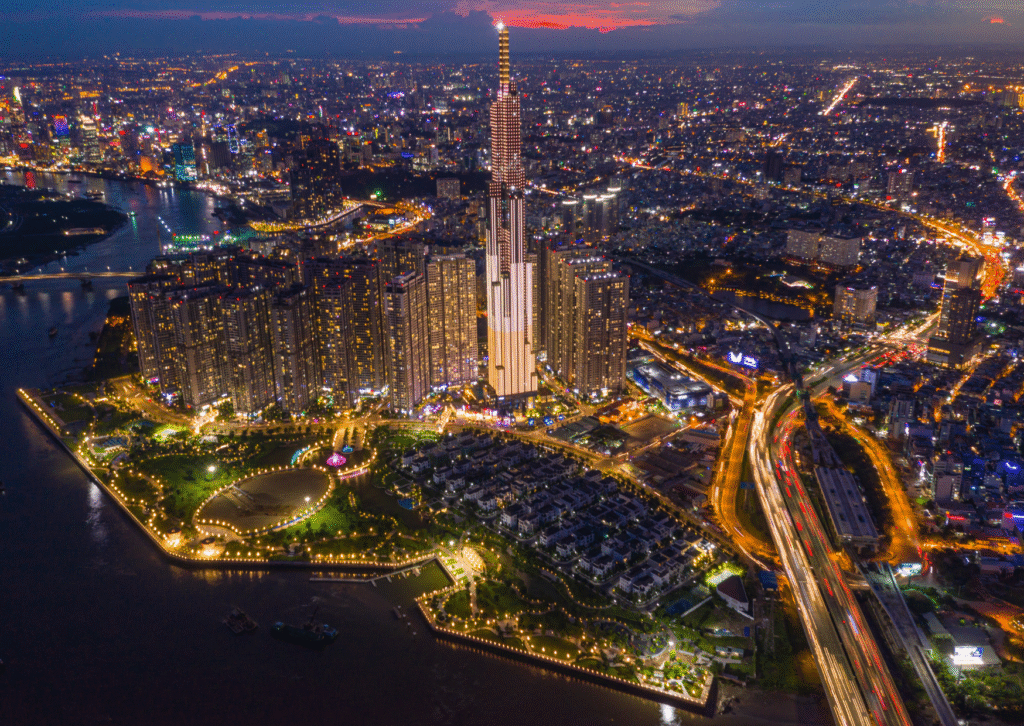
We rode our motorcycles quickly through the streets, pausing for bánh xèo (crispy rice pancakes) and looking around alleyway marketplaces that most tourists don’t see.
- Grab is Vietnam’s version of Uber, and you can get cheap trips with it.
- Go to the wet markets early in the morning to get the freshest fruits and vegetables and meet people from the area.
Life on the Water in the Mekong Delta
Life in the Mekong Delta is very different from life in the city. Here, things move with the river. I lived in a stilt house owned by a farming family. Every morning, I drank fresh coconut water directly from the tree.
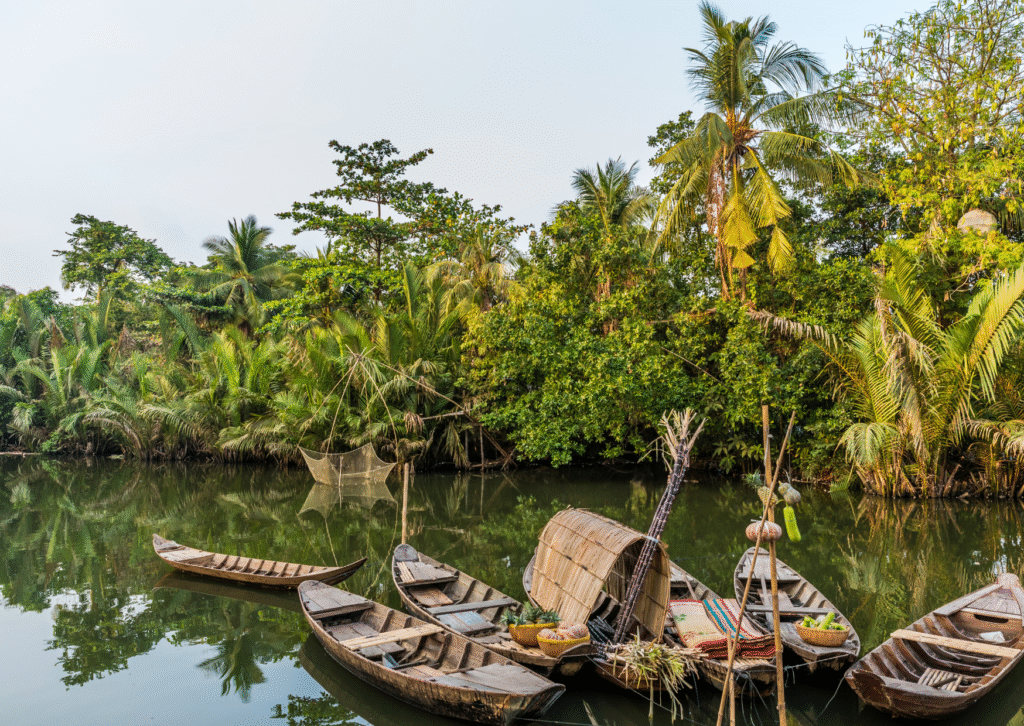
I went with my dad on his boat to the floating market of Cái Răng, where people sell anything from pineapples to bowls of noodles right from their boats. We cooked together and told stories in bad English and Vietnamese at night.
- For a more personal encounter, skip the huge tour boats and rent a small wooden sampan.
- Bring your host family modest gifts like coffee, food, or something from your native country.
How to blend in with the Locals:
- To live like a local, you have to do more than just remain in the right place. You also have to respect the culture.
- When you go to temples, dress modestly. Shoulders and knees should be covered.
- Take off your shoes before going into someone’s house.
- When you give or get anything, use both hands.
- Don’t point with your finger; use your complete hand instead.
How to Plan Your Budget for Living in Vietnam
One of the best things about Vietnam is that it doesn’t cost much to live like a local.
- Average Cost in the area
- Food from the street $1 to $2 USD
- Coffee costs between $0.80 and $1.50.
- Stay at home (per night) $10 to $20 US
- Renting a motorbike for a day $5 to $7 USD
- Ride the local bus $0.30–$0.50 USD.
Local Favorites (That Are Hard to Find)

if you want to really get into it, skip the Instagram-famous places and go to these hidden gems:
- Phong Nha National Park has beautiful caves and little villages.
- Con Dao Islands: beaches that are far away and historical places.
- The Ha Giang Loop is a motorcycling route in the north with stunning scenery.
- Chau Doc is a town with people from many different cultures and floating communities.
The Benefits of Taking It Easy. As a local in Vietnam, you shouldn’t rush to see every monument. Instead, you should take your time, drink your coffee leisurely, learn your host’s favorite childhood meal, and laugh with strangers who become friends.

I came back from Vietnam with more than just pictures. I brought home a better grasp of its culture, some Vietnamese dishes and the idea that the best travel memories are made in ordinary life, not in guidebooks.
